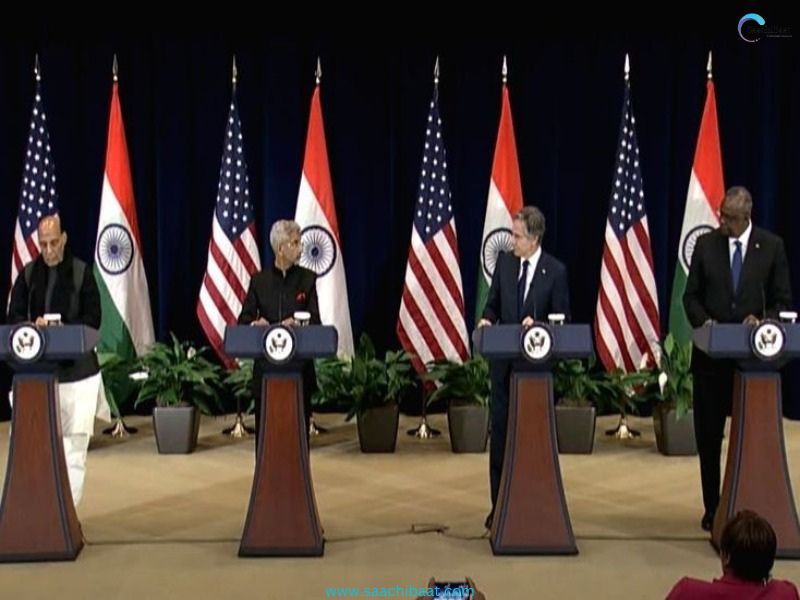India signed a free trade agreement (FTA) with four European countries–Iceland,
Liechtenstein, Norway, and Switzerland, recently, with a goal of reaching $100 billion in
investments in India and one million jobs within 15 years.
The Trade and Economic Partnership Agreement (TEPA) marks the second such full-fledged
FTA signed after India’s agreement with the United Arab Emirates.
These FTAs are expected to see considerable tariff reduction, increase in market access,
and simplification of customs procedures.
India-EFTA Pact: Trade and Economic Partnership Agreement (TEPA)
Signed on March 10, 2024 which involves India and EFTA member states: Iceland,
Liechtenstein, Norway, and Switzerland. It has a goal to promote investments and exports,
particularly in India’s IT, audio-visual sectors, and skilled professional movement.
The EFTA states shall aim to increase FDI into India by $50 billion within 10 years, and
another $50 billion in the five years thereafter.For the first time, the FTA also included a
chapter on commitments to human rights and sustainable development.
Benefits for India
There are many potential benefits for India:
1. After the treaty comes into effect, the EFTA nations will see a reduction in tariffs on
most industrial goods exported to India.
2. It will increase investments in India, EFTA investment already stood at $10.7 billion in
2022 and Switzerland is India’s largest trading partner in this bloc of nations, followed
by Norway.
3. The EFTA states shall aim to increase FDI into India which could facilitate the
generation of one million direct jobs in the country.
4. It will enhance the export avenues for Indian products.
5. Stimulate services exports in areas such as information technology and facilitate the
movement of key skilled personnel.
Challenge for India
There are several challenges which lies in front of India to resolve such as:
1. Trade with Swiss: 98% of India’s exports to Switzerland are industrial goods already
entering at zero tariffs and won’t benefit from the FTA.
2. Agri products are out of the deal: most agricultural items have reportedly been
kept outside the purview of this deal.
3. Little competition: The Joint Venture areas that the countries have short-listed,
where investments are to be made, mostly do not have competition from India.
Way Forward
The Indian government requires policy action on a range of issues–from lowering tariffs to
entering into deeper, more expansive free trade agreements while safeguarding the
country’s interests. It also calls for ensuring that measures are taken so that the benefits
from these trade agreements are fully reaped.
Reference:
https://www.nextias.com/ca/editorial-analysis/13-03-2024/india-efta-pact



